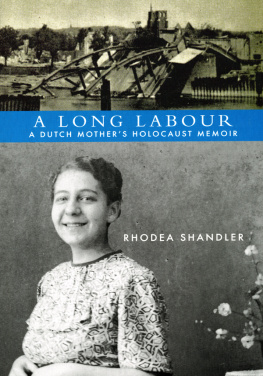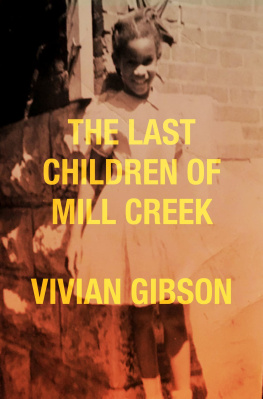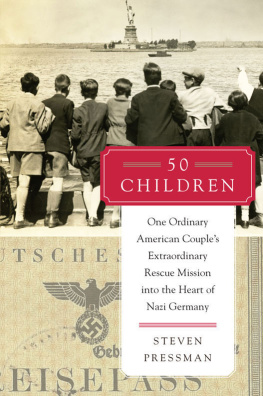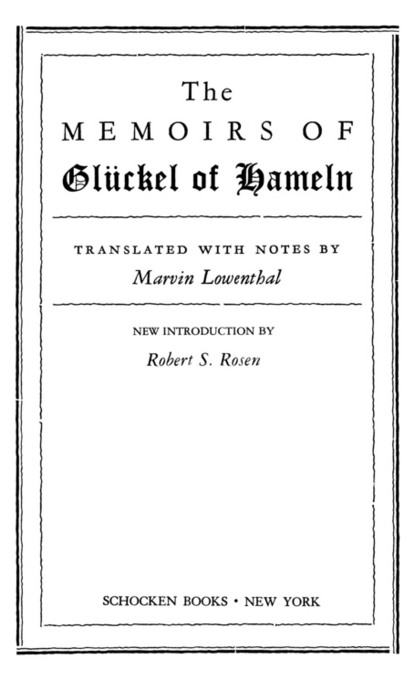Introduction copyright 1977 by Schocken Books Inc.
Copyright 1932 by Rosamond Fisher Weiss
Copyright renewed 1960 by Rosamond Fisher Weiss
All rights reserved under International and Pan-American Copyright Conventions. Published in the United States by Schocken Books Inc., New York. Distributed by Pantheon Books, a division of Random House, Inc., New York. This translation originally published by Harper and Brothers, New York.
Library of Congress Cataloging in Publication Data
Hameln, Glckel of, 16461724.
The memoirs of Glckel of Hameln.
Translation of Zikhroynes.
Reprint of the 1932 ed. published by Harper, New York.
1. Hameln, Glckel of, 16461724. 2. Jews in
GermanyBiography. 3. GermanyBiography. I. Tide.
DS135.G5H33813 1977 943.0440924 [B] 77-75290
eISBN: 978-0-307-80638-3
v3.1
Contents
Illustrations
INTRODUCTION
by Robert S. Rosen
WHEN Glckel of Hameln sat down to write her Memoirs in the year 5451 (16901691), she could not possibly have foreseen that they would comprise one of the most remarkable documents of the second half of the seventeenth and first quarter of the eighteenth century and would, in time, become an invaluable source for historians, philologists, sociologists, and students of the literature of the period.
The writing had been undertaken as a kind of therapy after her husbands death, to get her through the long sleepless nights, to drive away melancholy thoughts. She addresses herself to her children, assuring them that she is not writing a book of morals, but that she would put down, in seven little books, everything that had happened to her so far as memory and subject permit. That she was able to see this project through is astounding, but what is even more surprising is the marvellous gift for storytelling displayed in these pages: the keen eye for detail, the ability to organize her material so that it flows naturally and effortlessly. Glckel, though she would not have known what to make of this, was an artist, and, as a true artist, gave more than she knew. In writing of her life, her family and business dealings, she has left us a portrait of an era. Better than any history text she instructs us about what it was like to be a Jew in Europe in her time.
Glckel was born in Hamburg in 1646, two years before the ugly and destructive Thirty Years War had run its course. When she was a little over two years old, the German Jews were expelled from Hamburg, and her family took up residence in nearby Altona, then under Danish rule. The Danish king, whom Glckel showers with praise for always having dealt kindly with us Jews, granted the Hamburg exiles letters of protection. They stayed in Altona until the city was overrun by the Swedes in the winter of 16571658. They then returned to Hamburg where her father, Lb Pinkerle, was the first German Jew allowed to resettle. But Jews had no right of residence in Hamburg, dwelling there purely at the mercy of the Town Council. The difficulties besetting Jews everywhere, the endless chicaneries they were subjected to, the need for special papers and permits of residence, form a constant backdrop against which the narrative unfolds. The situation in Hamburg where, Glckel tells us, from time to time we enjoyed peace, and again were hunted forth; and so it has been to this day and, I fear, will continue in like fashion as long as the burghers rule, was by no means unique.
One of Glckels earliest memories is the arrival in Altona of some of the survivors of the massacres in Poland by Cossacks under the leadership of Bogdan Chmielnicki. Starved and diseased, they arrived when there was as yet no hospital to receive them. Glckels father, a parnas (president) of the Jewish community, put up at least ten of these unfortunate refugees in his house. Glckels grandmother, then a woman in her seventies, could not be dissuaded from climbing the stairs to the garret several times a day to nurse the sick until she herself caught their disease and died within days. Glckel and a sister also became sick, but recovered.
At the age of twelve, Glckel was betrothed and at fourteen was married to Chayim Hameln, the ninth child of Joseph Hameln, who was the perfect pattern of a pious Jew. The man seems indeed to have been blessed with all the virtues: modesty, patience, honesty. Not even rabbis, his wife tells us, prayed with as much fervor. He never failed to set aside a time for study, fasted on Mondays and Thursdays whenever he could, and wore himself out earning a decent livelihood for his family, which he loved beyond all measure.
The early books are filled with scores of details, some remembered, others heard, about her and her husbands large family. Long before our current awareness of the importance of roots, before the popular search to find out where we come from, Glckel wanted to be sure that her children knew from what sort of people you have sprung, lest today or tomorrow your beloved children and grandchildren come and know naught of their family. To make sure that her descendants would not need to feel ashamed about their forebears, she spent much time promoting the most desirable matches for her twelve children. Her success in this regard put her at the center of the Jewish social life of her time. The sphere of her social and business activities spanned several countriesGermany, France, Denmark, Holland, Austria, and Polandand included the cities of Altona, Amsterdam, Baierndorf, Bamberg, Berlin, Cleve, Danzig, Hanover, Hildesheim, Copenhagen, Frankfurt, Leipzig, Metz, Vienna, and others. She herself traveled widely despite all the hazards travel implied in her day. While Glckel does not dwell on major world events like wars and plagues, an echo of them finds its way into her recollections. In a most affecting way she touches on what was, no doubt, the greatest Jewish upheaval of the seventeenth century: the appearance of the Messianic pretender Sabbatai Zevi and his impact on the Jewish community. Many Jews, including Glckels father-in-law, sold their homes and land, for any day they hoped to be redeemed. Expecting to set sail for the Holy Land from Hamburg, Joseph Hameln sent two casks with provisions to the house of his son and his daughter-in-law where they stood ready for three years while the good man awaited the signal to depart.
Mostly, Glckel records personal triumphs and sorrows: births and weddings, illness and deaththe greatest shock of all being the death, in 1689, of her dear friend, the beloved companion of thirty years, which is told in moving detail in Book Five. Glckel, widowed, with eight of her twelve children still unmarried, some mere infants, had to take on all by herself the burden of her husbands business, as well as the responsibility for caring for her family. She was then forty-four years old. In the ten years that followed she threw herself with enormous energy into the business world and provided dowries and matches for all but her youngest daughter, who was only eleven in 1699, when Book Five comes to a close. Then there is a long silence.
Much later, in 1715, Glckel takes up her Memoirs again. Her tone in the last two books is much sadder, and we soon learn the reason for that. Having been wearied by constant travel and become desperately afraid of failing in business and thus becoming dependent on her children, she had agreed to marry (in 1700) Cerf Levy of Metz,









